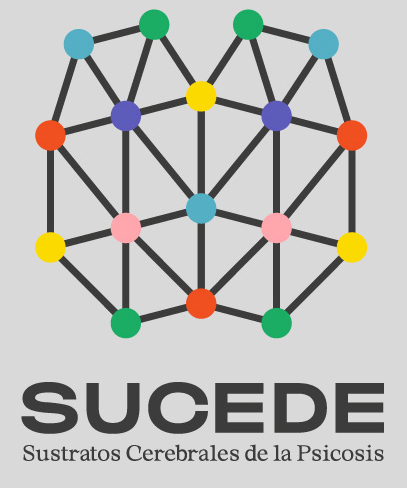🧠 The Root of the Problem: Disturbance of the Minimal Self
For more than a century, figures like Kraepelin and Bleuler already pointed out that the core of psychosis is not just the striking symptoms, but a profound alteration in the sense of Self. Bleuler, in fact, considered Self-Disturbances to be the fundamental symptoms of what he termed schizophrenia.
To understand this, we must differentiate two levels of the Self:
- The Minimal Self (or Ipseity): This is the pre-reflective consciousness that makes us feel that we are the same being and that our experiences are our own (the quality of “first person”).
- The Narrative Self: This is the story we construct about ourselves through memory and social interaction.
The disturbance in schizophrenia lies in the Minimal Self. This alteration manifests in three key domains: hyper-reflexivity (paying attention to processes that should be automatic), a decrease in the sense of self-presence (loss of agency and authorship), and an alteration in world consciousness (feelings of unreality or strangeness).
🔎 From Theory to Clinic: The Utility of the IPASE
To be able to capture these subtle experiences that patients often do not know how to express, phenomenological research has developed specific tools, such as the EASE interview and, crucially, the IPASE (Inventory of Psychotic-like Anomalous Self-Experiences).
One of the most valuable experiences when using the IPASE is the patients’ reaction: many feel great surprise and relief because the instrument allows them, for the first time, to name and verbalize those internal alterations they have always felt, but which they found impossible to convey in standard clinical practice.
🔬 Anomalous Self-Experiences, Cognition, and the Brain
Our research has explored the relationship between these Anomalous Self-Experiences (assessed with the IPASE) and brain function:
- We observed that the severity of ASEs is inversely associated with performance on motor speed tests, suggesting a possible involvement of subcortical areas like the basal ganglia.
- We have also found that IPASE scores are associated with a state of hypersynchronicity in the brain (increased pre-stimulus connectivity), which implies difficulty for the brain to adjust and regulate its activity.
These findings are important because they suggest that ASEs are not just psychological symptoms but reflect a measurable brain dysfunction. They could even help us define different biotypes within schizophrenia, as we have seen that patients with the most severe cognitive impairment also show the highest IPASE scores.
🌟 The Importance of Early Exploration
The detailed exploration of Self-Disturbances is not just for research; it has a direct impact on clinical practice:
- It allows for a more adequate and earlier detection of the disorder.
- It contributes to reducing long-term functional decline and improves treatment adherence.
- It validates the patient’s experience, offering them a greater understanding of what is happening to them.
- It opens the door to the development of specific psychotherapeutic interventions that address uncertainty and experiential alteration.
Self-Disturbances are present throughout the entire course of psychosis. It is our responsibility to observe them, study them, and, most importantly, treat them.
If you wish to delve deeper into our findings, you can consult the articles from our SUCEDE group.
Would you like me to search for the SUCEDE group’s articles on PubMed, as mentioned?



